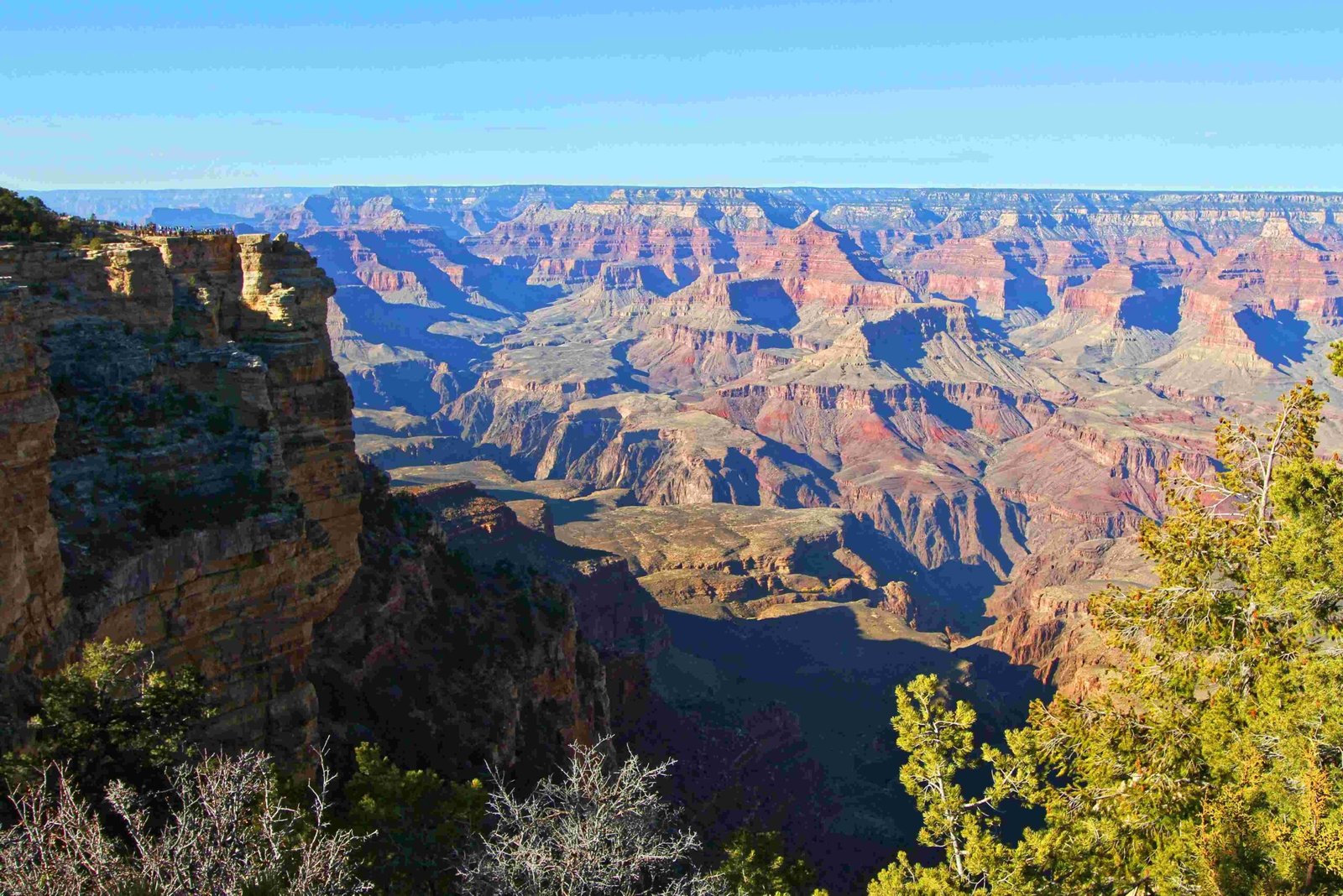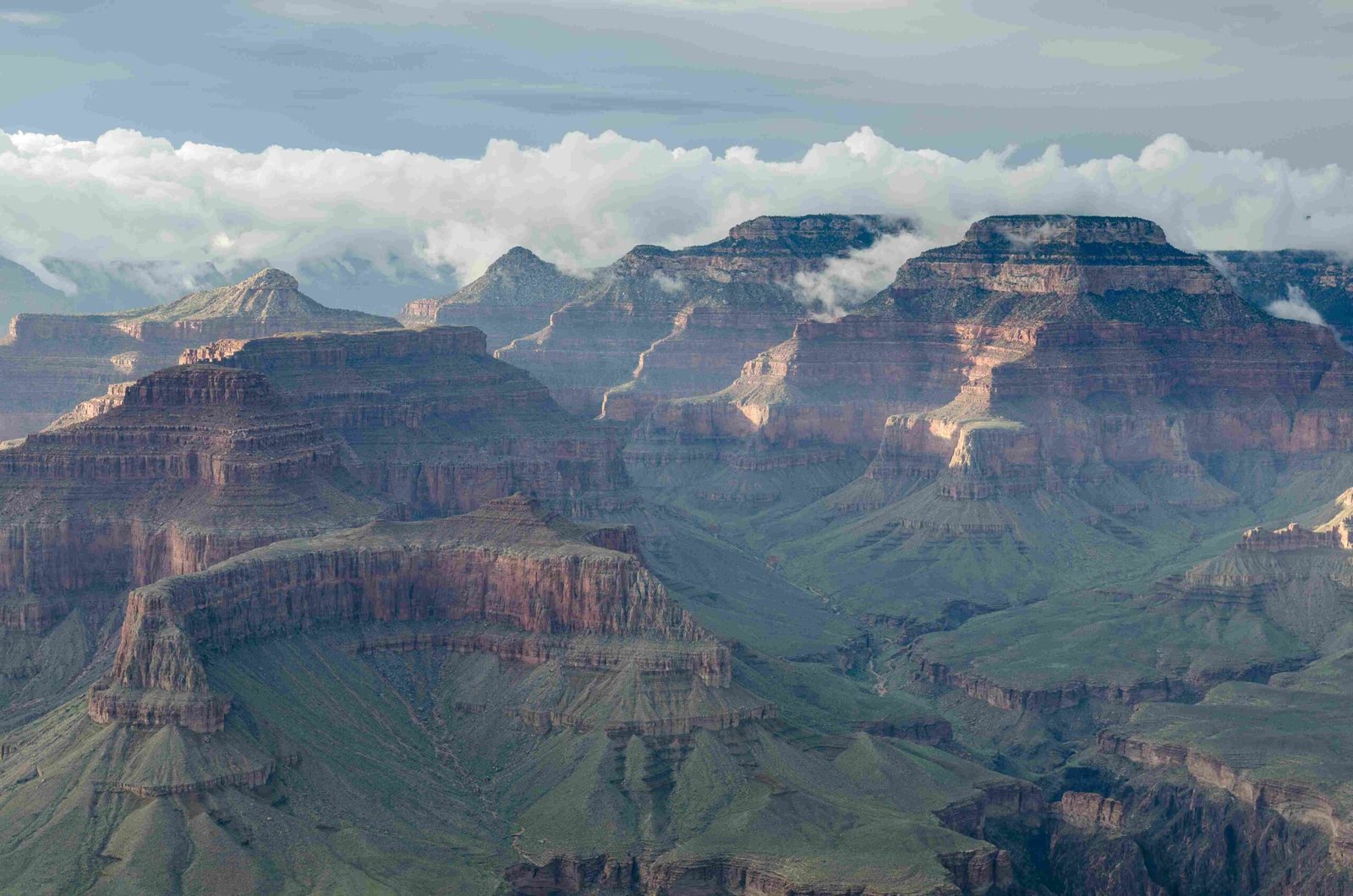The Grand Canyon represents an extraordinary geological tapestry spanning nearly two billion years, revealing Earth’s complex transformation through stratified rock layers, tectonic movements, and erosional processes. This magnificent landscape serves as a living museum of geological evolution, showcasing metamorphic basement rocks, sedimentary formations, and intricate environmental transitions that provide unprecedented insights into planetary geological dynamics.
What Makes the Grand Canyon a Geological Masterpiece?

How Did Ancient Rocks Form the Canyon’s Foundation?
The Grand Canyon’s geological foundation begins with the Vishnu Schist, an extraordinary metamorphic rock formation approximately 1.7 to 1.8 billion years old. These ancient rocks emerged from intense tectonic collisions, representing the primordial basement of the North American continent.
Key Characteristics of Vishnu Schist
- Age: 1.7-1.8 billion years
- Composition: Metamorphic rocks including schist, gneiss, granite
- Formation Process: High-pressure plate tectonic interactions
What Geological Processes Shaped the Canyon?
The canyon’s formation involves multiple complex geological processes:
- Tectonic Plate Movements
- Continental collision
- Metamorphic rock transformation
-
Granite pluton intrusions
-
Sedimentary Deposition
- Marine environment formations
- Limestone and sandstone layers
- Varied geological periods representation
Why Is the Grand Canyon’s Stratigraphy Unique?
The canyon’s stratigraphy presents a remarkable geological timeline, with rock layers representing different environmental conditions:
| Formation | Age | Environment | Composition |
|---|---|---|---|
| Kaibab Limestone | 270 million years | Shallow marine | Sedimentary rock |
| Coconino Sandstone | 260 million years | Desert sand dunes | Eolian deposit |
| Redwall Limestone | 340 million years | Marine environment | Cliff-forming limestone |
How Do Ecosystems Thrive in This Extreme Landscape?

What Biodiversity Exists Within the Canyon?
The Grand Canyon supports remarkable biodiversity despite challenging environmental conditions:
- Flora:
- Utah juniper
- Pinyon pine
- Diverse cacti species
-
Numerous wildflowers
-
Fauna:
- California condors
- Bighorn sheep
- Multiple bird species
- Unique reptile populations
What Challenges Do Organisms Face?
Survival in the Grand Canyon requires extraordinary adaptations:
– Extreme temperature variations
– Limited water resources
– Steep terrain
– Minimal soil nutrients
How Can Visitors Explore This Natural Wonder?
What Experiences Await Explorers?
Visitors can engage with the Grand Canyon through:
– Hiking challenging trails
– Scenic rim drives
– Ranger-led educational programs
– Geological interpretation centers
What Safety Considerations Exist?
Exploring the canyon requires:
– Proper hydration
– Appropriate hiking gear
– Understanding altitude challenges
– Respecting wildlife boundaries
Scientific Significance and Ongoing Research
Continuous geological research reveals:
– Climate change indicators
– Evolutionary environmental transitions
– Tectonic movement evidence
– Paleontological discoveries
Conclusion
The Grand Canyon transcends being merely a landscape; it represents a living geological manuscript documenting Earth’s extraordinary transformation.

